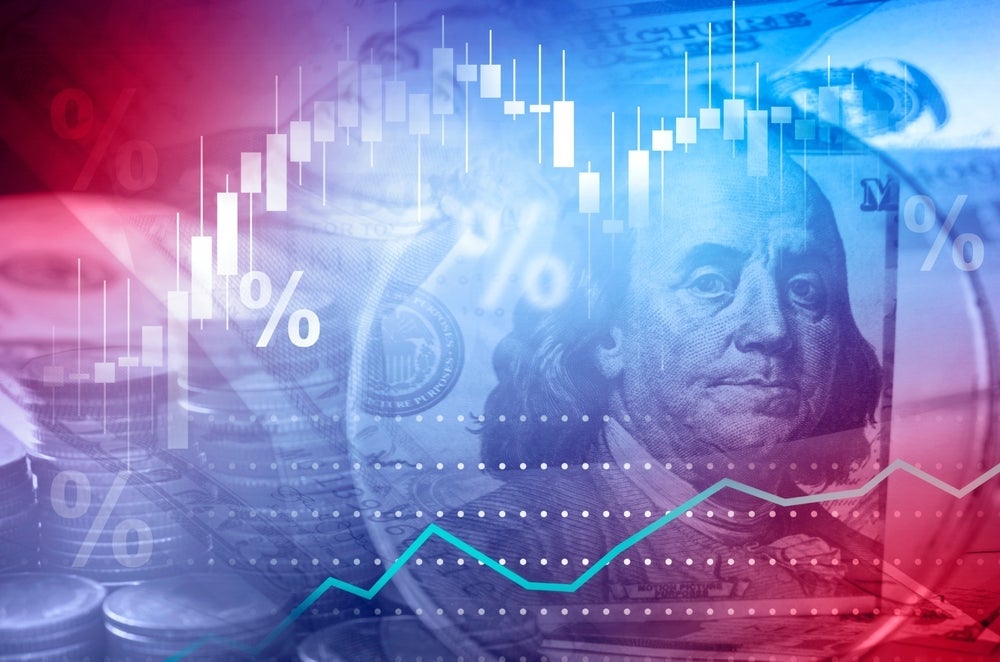
Despite renewed fears that President Donald Trump’s proposed tariffs could reignite inflation, an emerging contrarian theory suggests the reality may be far less alarming than many on Wall Street currently expect.
In a note shared Tuesday, Yardeni Research President Ed Yardeni said investors and consumers might be overstating the inflationary consequences of what he dubbed Trump’s “Nitro Tariffs,” or TNT.
“Tariffs are stagflationary,” Yardeni said, “but consensus expectations may be overestimating the inflationary impact and underestimating the downside risks to growth.”
Latest consumer sentiment data is painting a confusing picture. The Federal Reserve Bank of New York reported consumer expectations for inflation rose to 3.6% in March.
That number is well below the University of Michigan’s Consumer Sentiment Index, which showed a jump in inflation expectations to 5% during the same month. In April, the latter soared again to 6.7%.
The veteran Wall Street analyst called the University of Michigan’s reading “too panicky,” pointing to historical data that ties the survey’s inflation expectations closely to gasoline prices, which have remained subdued.
“Inflation might not rise as much as feared,” he said.
That divergence has created a narrative of anxiety that, according to Yardeni, might not align with market data.
“The recent divergence clearly reflects consumers’ fears that tariffs will boost inflation,” he said, but the correlation with pump prices doesn’t support the uptick in panic.
To see inflation truly spike to levels feared by some consumers, Yardeni argued, a major oil price shock would likely be required. But oil prices are moving in the opposite direction, pressured by fears of slowing global growth.
A barrel of crude is now trading lower than it was earlier this year — a disinflationary tailwind that may continue to offset the effects of tariffs.
Crude prices as tracked by the United States Oil Fund USO have fallen by nearly 15% since Trump’s reciprocal tariff announcement on April 2. Futures tracking gasoline contracts have dropped from $2.30 to $2 a gallon.
Bond markets, usually quick to react to inflation jitters, are notably unshaken.
The yield spread between 10-year nominal Treasury bonds and inflation-protected securities (TIPS), a common measure of inflation expectations, has drifted lower.
Inflation swaps for the 5-to-10-year horizon — a preferred gauge of future expectations — have also hovered near the Federal Reserve’s 2.0% target, as Yardeni noted.
The past two years have seen a sharp cooling in goods prices, a trend driven by post-COVID-19 pandemic demand normalization and oversupply from China. Yardeni suggested this disinflationary trend could continue, even in the face of new tariffs.
“Over the medium term, Trump’s Nitro Tariffs might not upset these patterns,” he said. “Goods prices might continue to deflate.”
One key reason: China’s likely evasion of tariffs by rerouting exports through third-party countries. With its economy under pressure, China has a strong incentive to keep goods flowing, tariff walls or not.
While the inflation narrative dominates headlines, Yardeni’s contrarian view is that the more serious danger lies in weaker economic activity.
“In our view, the bigger risk is to growth. The volatility of TNT has cast so much uncertainty over both businesses and consumers that spending, hiring and investment are likely to sharply slow over the next few months,” he stated.
Add in potential trade retaliation from foreign partners, and the growth outlook gets cloudier still.
Read now:
Photo: Shutterstock
Market News and Data brought to you by Benzinga APIs
© 2025 Benzinga.com. Benzinga does not provide investment advice. All rights reserved.



